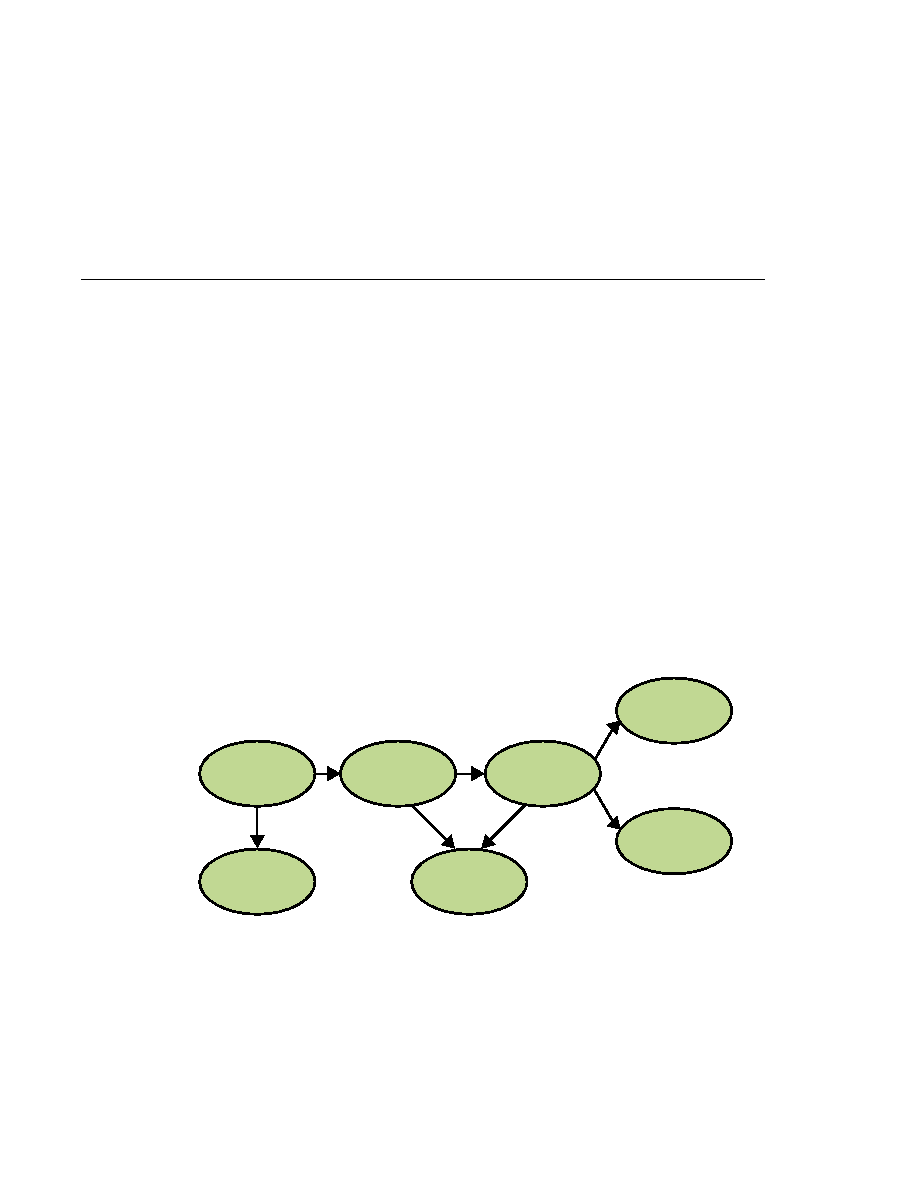
Messaging in an Enterprise Application
Messaging in an Enterprise Application
The application business model allows a component to send information to another and to
continue to operate without receiving an immediate response.
For example, components of an enterprise application for an automobile manufacturer can use
the JMS API in situations like these:
The inventory component can send a message to the factory component when the inventory
level for a product goes below a certain level so that the factory can make more cars.
The factory component can send a message to the parts components so that the factory can
assemble the parts it needs.
The parts components in turn can send messages to their own inventory and order
components to update their inventories and to order new parts from suppliers.
Both the factory and the parts components can send messages to the accounting component
to update their budget numbers.
The business can publish updated catalog items to its sales force.
Using messaging for these tasks allows the various components to interact with one another
efficiently, without tying up network or other resources.
illustrates how this simple
example might work.
Manufacturing is only one example of how an enterprise can use the JMS API. Retail
applications, financial services applications, health services applications, and many others can
make use of messaging.
Inventory
Factory
Parts
Sales
Accounting
Parts
Inventory
Parts
Order
FIGURE 311
Messaging in an Enterprise Application
Overview of the JMS API
Chapter 31 · The Java Message Service API
895
